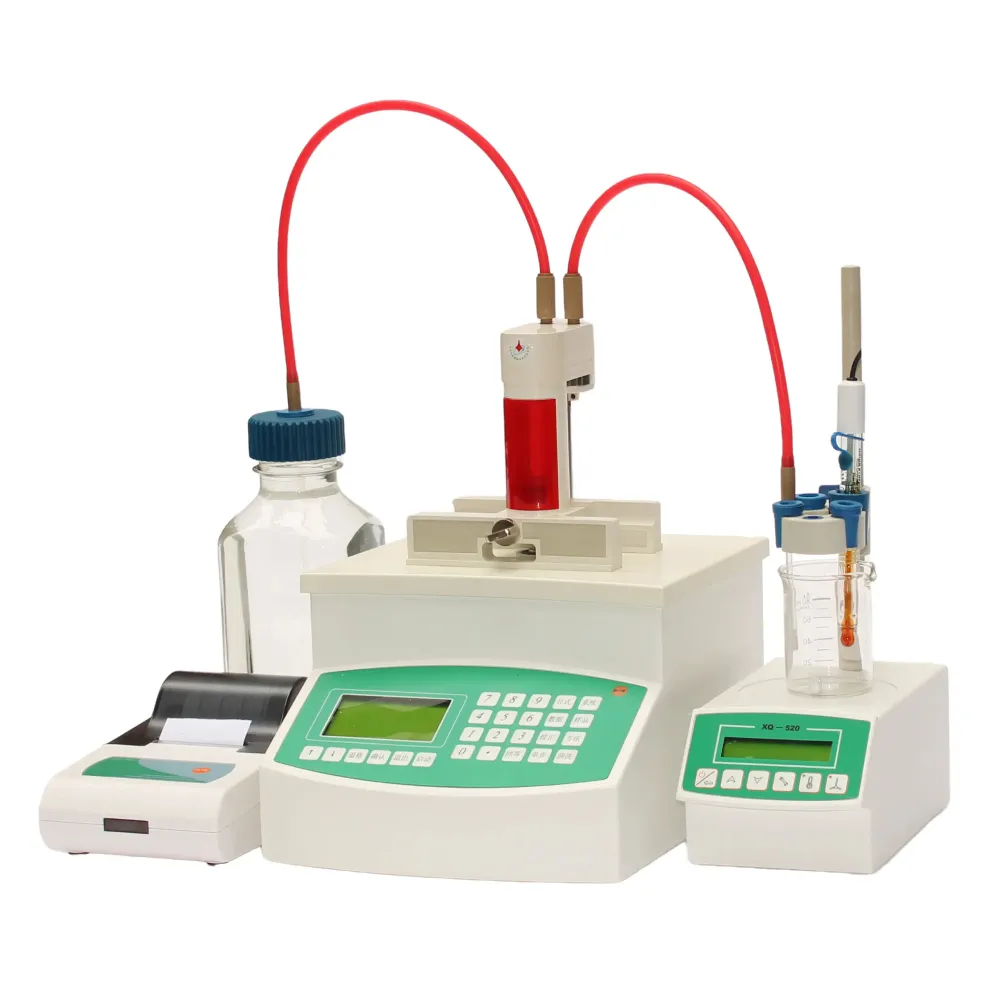 English
English


Analysis of Transformer Oil Samples for Quality and Performance Evaluation
Transformer Oil Sample Analysis Importance and Process
Transformer oil plays a critical role in the efficient operation and longevity of electrical transformers. As an insulating and cooling medium, it is essential for maintaining optimal performance levels in high-voltage applications. Regular analysis of transformer oil samples is vital to ensure the reliability and safety of electrical equipment, prevent failures, and extend the lifespan of transformers.
Importance of Transformer Oil Analysis
Transformer oil analysis is crucial for several reasons. Firstly, it helps in monitoring the condition of the oil itself, which can degrade over time due to factors such as oxidation and moisture ingress. Degraded oil can lead to increased chances of electrical faults, overheating, and ultimately, equipment failure. By conducting regular tests, utilities and industries can proactively address any issues before they escalate into catastrophic failures.
Secondly, transformer oil analysis provides insights into the overall health of the transformer. Certain contaminants, like particulate matter or dissolved gases, can indicate issues such as electrical discharges (arcing) within the transformer or the presence of moisture. Additionally, the chemical composition of the oil can reveal whether the insulation materials within the transformer are degrading, allowing for timely maintenance or replacement.
Finally, regular analysis can help in complying with industry regulations and standards. Many regulatory bodies require documented evidence of equipment condition to ensure operational safety. Routine oil testing helps maintain compliance and provides assurance to stakeholders regarding the reliability of the electrical infrastructure.
The Analysis Process
The process of transformer oil sample analysis generally involves several key tests. The first step is to collect oil samples from the transformer, ensuring that they are taken from different locations and depths to obtain a representative analysis. Proper sampling techniques are essential to avoid contamination and to ensure that the sample reflects the true condition of the oil.
transformer oil sample analysis

Once the samples are collected, laboratory analysis can begin
. The most common tests include1. Dissolved Gas Analysis (DGA) This test detects gases that are released from the oil during decomposing insulation or electrical faults, providing insight into potential issues within the transformer.
2. Furan Analysis Furan compounds in transformer oil indicate the degradation of cellulose insulation. An increase in furan levels can signal that the insulation is failing, necessitating further investigation.
3. Water Content Testing Moisture analysis is critical, as water can significantly decrease the insulating properties of the oil. Excessive moisture can lead to accelerated aging of the insulation and, ultimately, transformer failure.
4. Fizzy Test and Acid Number Test These tests assess the physical and chemical properties of the oil, providing information about its condition and stability.
5. PCB Testing In older transformers, polychlorinated biphenyls (PCBs) may be present. Testing for PCBs is important for environmental compliance and safety.
Conclusion
In conclusion, transformer oil sample analysis is a vital practice for maintaining the integrity and performance of electrical transformers. By regularly monitoring the quality and condition of transformer oil, utilities can mitigate risks, avoid costly failures, and ensure the smooth operation of electrical systems. Investing in comprehensive oil analysis is an essential component of preventive maintenance strategies in the power industry, ultimately leading to greater system reliability and efficiency.
-
Differences between open cup flash point tester and closed cup flash point testerNewsOct.31,2024
-
The Reliable Load Tap ChangerNewsOct.23,2024
-
The Essential Guide to Hipot TestersNewsOct.23,2024
-
The Digital Insulation TesterNewsOct.23,2024
-
The Best Earth Loop Impedance Tester for SaleNewsOct.23,2024
-
Tan Delta Tester--The Essential Tool for Electrical Insulation TestingNewsOct.23,2024





